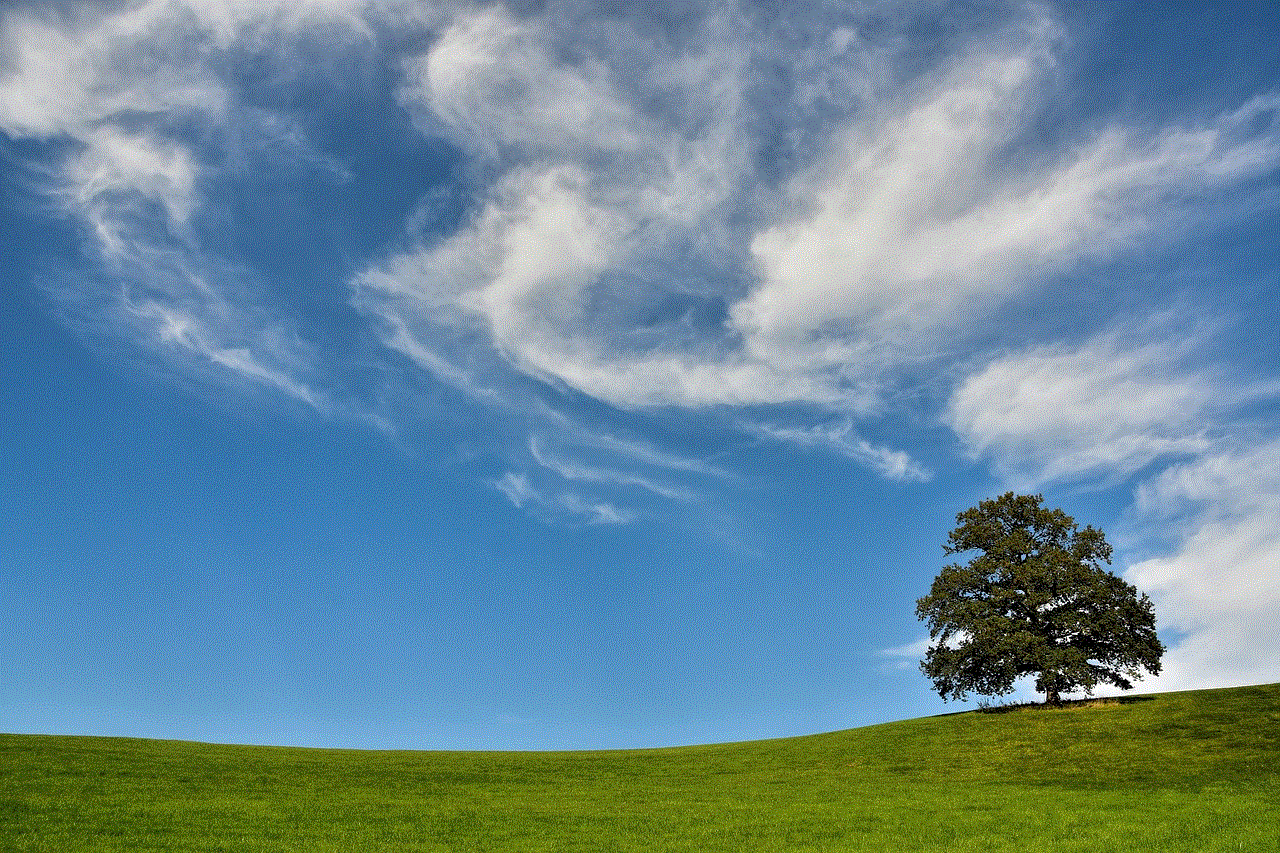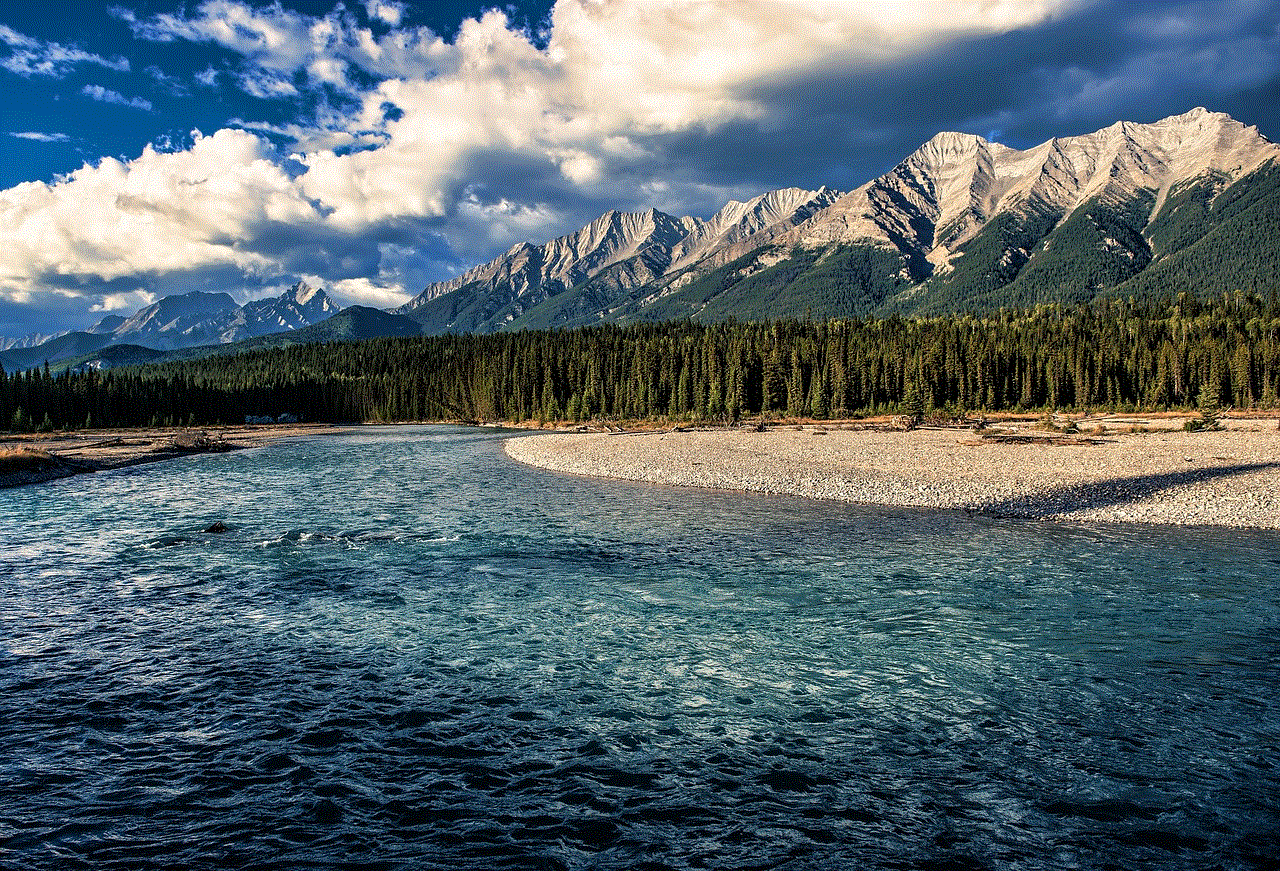how to go online on twitch
# How to Go Online on Twitch: A Comprehensive Guide for Aspiring Streamers
Twitch has become a powerhouse in the world of online streaming, attracting millions of viewers and creators alike. Whether you’re a gamer, an artist, a musician, or just someone with something to share, going live on Twitch can be an incredibly rewarding experience. This guide will take you through everything you need to know about how to go online on Twitch, from setting up your account to promoting your channel and creating engaging content.
## Understanding Twitch and Its Community
Before diving into the technical aspects of streaming, it’s essential to understand the platform and its community. Twitch is primarily known for video game streaming, but it has expanded to include various categories, such as ‘Just Chatting’, arts and crafts, music performances, cooking, and more. The platform thrives on interaction, making it crucial to engage with your audience.
Twitch’s community is diverse, with streamers and viewers from all walks of life. As you embark on your streaming journey, keep in mind that building a community is as important as broadcasting itself. Understanding your audience will help you tailor your content to their interests, fostering a loyal fan base.
## Creating Your Twitch Account
The first step in going online on Twitch is to create your account. This process is straightforward:
1. **Visit the Twitch Website:** Head over to [Twitch.tv](https://www.twitch.tv).
2. **Sign Up:** Click on the “Sign Up” button. You can create an account using an email address, or you can sign up using your existing Amazon or Facebook account.
3. **Choose Your Username:** Your username is your identity on Twitch. Choose something memorable and representative of your content.
4. **Set Up Your Profile:** Add a profile picture, write a bio, and link your social media accounts. A well-rounded profile can help attract viewers.
Once your account is created, you can explore the platform, watch other streamers, and familiarize yourself with the layout and features available.
## Setting Up Your Streaming Equipment
To go live on Twitch, you need the right equipment. While you don’t need top-of-the-line gear to start, having a decent setup will improve the quality of your streams. Here’s a basic list of what you’ll need:
### 1. **A computer or Console**
You can stream from a gaming PC, a laptop, or a console like PlayStation or Xbox. Ensure your device can handle the games you want to play while streaming.
### 2. **Capture Card (For Console Streaming)**
If you’re streaming from a console, a capture card is essential. This device captures your gameplay and sends it to your streaming software on your computer.
### 3. **Microphone**
Audio quality is critical for engaging your audience. Invest in a good microphone to ensure your voice is clear. USB microphones are user-friendly and provide decent quality for beginner streamers.
### 4. **Webcam**
While not mandatory, a webcam can enhance viewer engagement by allowing them to see you while you stream. Many streamers use webcams to connect with their audience on a personal level.
### 5. **Streaming Software**
You’ll need broadcasting software to stream on Twitch. The two most popular options are OBS Studio (Open Broadcaster Software) and Streamlabs OBS. Both are free and offer various features to customize your streams.
### 6. **Stable Internet Connection**
A reliable internet connection is vital for streaming. Aim for an upload speed of at least 5 Mbps for a smooth streaming experience. Wired connections are usually more stable than Wi-Fi.
## Configuring Your Streaming Software
Once you have your equipment set up, the next step is to configure your streaming software. This process can be a little technical, but here’s a simplified guide:
### 1. **Downloading and Installing OBS Studio or Streamlabs OBS**
Go to the official website of your chosen software and download it. Follow the installation prompts.
### 2. **Setting Up Your Stream Key**
To stream on Twitch, you’ll need your unique stream key. Here’s how to find it:
– Log in to Twitch.
– Click on your profile picture in the top right corner and select “Creator Dashboard.”
– In the left sidebar, navigate to “Settings” and then “Stream.”
– You’ll see your stream key here. Copy it, but keep it private; sharing it can allow others to stream on your channel.
### 3. **Configuring OBS Settings**
Open OBS and follow these steps:
– Go to “Settings” and select the “Stream” tab.
– Choose “Twitch” as your service and paste your stream key into the designated field.
– Adjust video settings under the “Video” tab. A common resolution is 1920×1080 at 30 or 60 frames per second (fps).
### 4. **Adding Sources**
In OBS, you can add different sources to your stream, such as:
– **Game Capture:** To capture gameplay.
– **Display Capture:** To capture your entire screen.
– **Window Capture:** To capture a specific application window.
– **Audio Input Capture:** To capture audio from your microphone.
### 5. **Creating Scenes**
You can create different scenes for various parts of your stream, such as starting soon, intermission, and ending screens. This adds professionalism to your stream.
## Going Live for the First Time
With everything set up, you’re ready to go live! Here’s a step-by-step guide on how to do it:
### 1. **Prepare Your Content**
Decide what type of content you want to stream. It could be a gaming session, a Q&A, or a creative endeavor. Plan your stream structure and think about how you will engage with your audience.
### 2. **Test Your Stream**
Before going live, do a test stream to check your audio and video quality. You can set your stream to private to avoid broadcasting to the public.
### 3. **Go Live**
When you’re ready:
– Open OBS and click on “Start Streaming.”
– Go to your Twitch channel to confirm that your stream is live. You can view your stream and interact with your chat simultaneously.
### 4. **Engage with Your Audience**
As you stream, keep an eye on the chat. Respond to comments, ask questions, and encourage viewers to interact. Building a rapport with your audience is key to growing your channel.
## Promoting Your Twitch Channel
Once you’re live, the next challenge is to attract viewers to your stream. Here are some effective strategies to promote your Twitch channel:
### 1. **Leverage Social Media**
Use platforms like Twitter, Instagram , Facebook, and TikTok to promote your streams. Share updates about when you’ll be going live, highlights from your previous streams, or engage with your followers.
### 2. **Network with Other Streamers**
Collaborate with other streamers to cross-promote your channels. Participate in Twitch communities and forums to connect with others in your niche.
### 3. **Create Engaging Content**
Content is king. The more engaging and entertaining your streams are, the more likely viewers will return. Experiment with different formats, games, and themes to see what resonates with your audience.
### 4. **Utilize Twitch Features**
Take advantage of Twitch features like raids and hosting. Raiding allows you to send your viewers to another streamer at the end of your broadcast, and hosting lets you showcase another channel on your profile.
### 5. **Consistency is Key**
Establish a regular streaming schedule. Consistency helps your audience know when to tune in, which can lead to a more dedicated following.
## Monetizing Your Twitch Channel
Once you’ve established your channel and built a community, you may want to explore monetization options. Twitch offers several ways to earn money as a streamer:
### 1. **Affiliate Program**
The Twitch Affiliate Program allows you to earn money through subscriptions, bits (a form of virtual currency), and game sales. To qualify, you need to have at least 50 followers, an average of three concurrent viewers, and stream on at least seven different days in the last 30 days.
### 2. **Subscriptions**



Viewers can subscribe to your channel for a monthly fee, giving them access to exclusive emotes, badges, and ad-free viewing. You receive a portion of the subscription fee.
### 3. **Donations**
Many streamers receive donations from their viewers through platforms like PayPal or third-party services like Streamlabs. Make it easy for your viewers to support you by adding donation links to your channel.
### 4. **Sponsorships**
As your channel grows, you may attract sponsors who want to promote their products. Be transparent with your audience about sponsorships and choose partnerships that align with your brand.
## Analyzing Your Performance
After streaming for a while, it’s crucial to analyze your performance to understand what works and what doesn’t. Twitch provides various analytics tools to help you track your growth:
### 1. **Viewership Statistics**
Check your viewer count, average watch time, and peak viewers. This data can help you understand which streams resonate with your audience.
### 2. **Chat Engagement**
Review chat logs to see what viewers are saying and which topics generate the most interaction. This feedback can guide your future content.
### 3. **Follower Growth**
Monitor your follower count over time. If you notice spikes after specific streams, analyze what made those streams successful.
## Conclusion: Your Journey on Twitch Awaits
Going online on Twitch can be an exhilarating journey filled with creativity, community, and potential. While the technical setup and promotion may seem daunting at first, the joy of connecting with viewers and sharing your passion makes it all worthwhile.
Remember that success on Twitch doesn’t happen overnight. It takes time, effort, and a willingness to adapt and grow. Stay true to your interests, engage with your community, and continuously strive to improve your content. With persistence and patience, you’ll find your place in the vibrant world of Twitch streaming. So, gear up, go live, and let the journey begin!
minecraft video settings
# Understanding Minecraft Video Settings: A Comprehensive Guide
Minecraft is a game that has captured the hearts of millions around the world. With its blocky graphics and limitless creativity, players can build, explore, and survive in a vast open world. However, the performance and appearance of Minecraft can vary greatly depending on the video settings configured by the player. This article will delve into the various video settings available in Minecraft, explaining their functions and how they can be adjusted to enhance your gaming experience.
## 1. The Importance of Video Settings in Minecraft
Video settings play a crucial role in how Minecraft runs on your system. They affect not only the visual quality of the game but also its performance, affecting frame rates and responsiveness. For players with high-end gaming rigs, maximizing settings can enhance visual fidelity, while those on lower-end systems may need to adjust settings for smoother gameplay. Understanding how to tweak these settings can lead to a more enjoyable experience, whether you are building a mega castle or exploring the depths of the Nether.
## 2. Accessing Video Settings
To access the video settings in Minecraft, you need to navigate to the main menu. Click on “Options,” and then select “Video Settings.” This will bring you to a menu filled with various options that can be adjusted. Each option has a description that helps you understand its function, but it can still be overwhelming for newcomers. Therefore, we will break down each setting in detail.
## 3. Graphics: Fancy vs. Fast
One of the first settings you’ll notice is the “Graphics” option, which can be set to either “Fancy” or “Fast.”
– **Fancy**: This setting provides the best visual quality, rendering shadows, transparency, and other graphical effects. It makes the game look more realistic and vibrant, enhancing the overall aesthetic.
– **Fast**: This setting sacrifices some graphical fidelity for performance. Shadows and some effects are removed, resulting in a smoother experience, especially on lower-end hardware.
For players who prioritize frame rate and responsiveness, switching to “Fast” can significantly improve gameplay.
## 4. Render Distance: The View of Your World
Render distance determines how far you can see in the game, measured in chunks. The higher the render distance, the more of the world you can see at once.
– **Low (2-8 chunks)**: Ideal for lower-end computers, providing a smoother gameplay experience with less strain on the system.
– **Medium (8-16 chunks)**: A balanced option for most players, offering a good compromise between performance and visibility.
– **High (16+ chunks)**: Best for high-end systems, allowing players to see far into the distance, which is essential for large builds or exploration.
Adjusting the render distance can have a significant impact on both performance and the experience of the game. If you notice lag or frame drops, consider lowering this setting.
## 5. Smooth Lighting: Enhancing Ambiance
Smooth lighting is another critical setting that can dramatically alter the game’s visuals. This option controls how light interacts with blocks and surfaces.
– **Off**: No smooth lighting, resulting in harsh and unrealistic lighting transitions.
– **Minimum**: Provides a slight improvement over the “Off” setting, with some smoothing of light transitions.



– **Maximum**: Offers the best visual quality, creating soft shadows and realistic light interactions. This is particularly beautiful in caves or during sunset.
While maximum smooth lighting looks stunning, it can also consume more resources. Players on lower-end systems may want to experiment with this setting to find a balance that works for them.
## 6. GUI Scale: Customizing Your Interface
The GUI Scale setting adjusts the size of the game’s user interface. This is particularly useful for players with different screen resolutions or preferences for larger or smaller text and icons.
– **Auto**: Automatically adjusts the GUI based on your screen resolution.
– **Small, Normal, Large, and Huge**: These options allow players to choose their preferred size manually.
Finding the right GUI scale can improve the overall experience, making it easier to navigate menus and inventories.
## 7. Particles: Controlling Visual Effects
The particles setting controls the number of visual effects that appear in the game, such as smoke, explosions, and potion effects.
– **Minimal**: Reduces the amount of particle effects, which can enhance performance.
– **Decreased**: A middle-ground option that provides some particles while still being resource-efficient.
– **All**: Displays all particle effects, creating a more immersive experience but potentially impacting performance.
For players who enjoy aesthetics and immersion, setting particles to “All” can enhance the visual experience. However, for competitive players or those on lower-end systems, minimizing particles can lead to a smoother gameplay experience.
## 8. V-Sync: Synchronizing Frames
V-Sync, or vertical synchronization, is a setting that synchronizes the frame rate of the game with the refresh rate of your monitor. This can prevent screen tearing, which occurs when the graphics card sends frames to the monitor at a different rate than the monitor’s refresh rate.
– **On**: V-Sync is enabled, leading to a smoother visual experience at the cost of some performance.
– **Off**: V-Sync is disabled, which may lead to screen tearing but can improve performance and frame rates.
For competitive players seeking the highest frame rates, turning off V-Sync may be beneficial. However, for casual players who prioritize visual quality, keeping it on can enhance the overall experience.
## 9. FOV (Field of View): Expanding Your Vision
The FOV setting adjusts how much of the game world you can see at once.
– **Normal (70-90 degrees)**: The standard field of view for most players, providing a balanced perspective.
– **Wide (90-110 degrees)**: Expands the view, allowing players to see more of their surroundings. This is particularly useful for players engaged in PvP or exploration.
Adjusting the FOV can greatly affect gameplay and comfort. A higher FOV can make players feel more immersed, while a lower FOV can help with focus in combat situations.
## 10. Performance Settings: Optimizing Your Experience
Minecraft’s performance settings allow players to tweak the game for better performance. These options include:
– **Entity Shadows**: Enabling or disabling shadows cast by entities can impact performance but enhances realism.
– **Dynamic Updates**: Controls how quickly the game updates render distances and other visual elements. Reducing this can lead to better performance in certain situations.
– **Use VBOs**: Vertex Buffer Objects can improve performance on some systems, allowing for smoother rendering.
Experimenting with these performance settings can help players find the optimal configuration for their specific hardware.
## 11. Advanced Video Settings: Fine-Tuning Your Experience
Beyond the standard settings, Minecraft offers advanced video settings that allow for more granular control over graphical performance. Options such as mipmap levels, anaglyph 3D, and alternate blocks can be adjusted for players seeking to customize their experience further.
– **Mipmap Levels**: This setting controls the quality of textures at varying distances. Higher levels provide better rendering of distant blocks but can impact performance.
– **Anaglyph 3D**: For players with 3D glasses, this setting enables a three-dimensional experience.
– **Alternate Blocks**: This allows players to use different block textures, affecting how the world appears visually.
These advanced settings are typically used by players who have specific visual preferences or requirements.
## 12. Conclusion: Finding Your Perfect Settings



In conclusion, mastering Minecraft’s video settings is essential for optimizing both performance and visual quality. By understanding each setting and how it affects gameplay, players can find the perfect balance that suits their hardware and personal preferences. Whether you are a casual builder enjoying the aesthetics of your creations or a competitive player seeking the highest frame rates, tweaking these settings can lead to a vastly improved experience.
As technology continues to evolve, so too will the capabilities of Minecraft. Future updates may introduce new settings and options, allowing players even greater customization and performance enhancement. By keeping an eye on these developments and continuously adjusting your video settings, you can ensure that your Minecraft experience remains enjoyable, immersive, and tailored to your liking. Happy crafting!